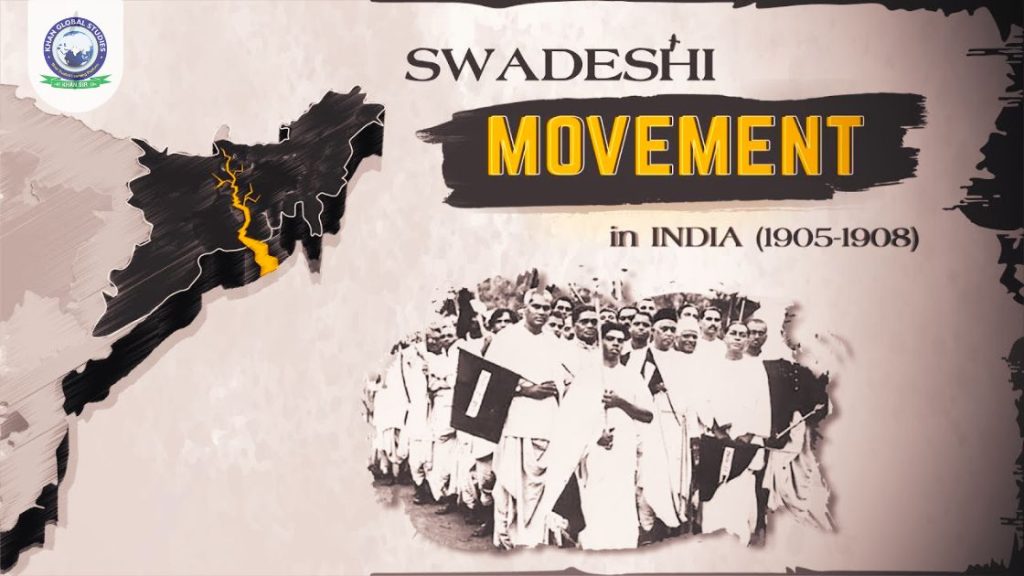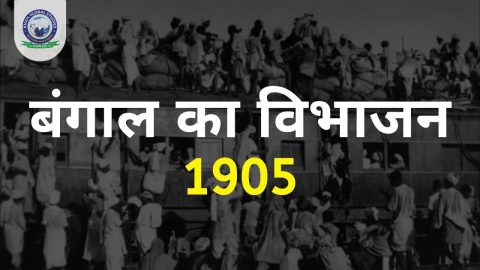The Swadeshi movement commenced in India on August 7, 1905, formally inaugurated from Calcutta’s Town Hall to boost indigenous production and reduce reliance on imported goods. Mahatma Gandhi hailed it as the essence of self-rule (swaraj), originating in the Bengali region. Alongside the Swadeshi movement, a boycott movement emerged, advocating for the use of locally produced goods and the rejection of British products. This movement gained momentum following the British Government’s partition of Bengal, with significant support from the renowned Indian activist Bal Gangadhar Tilak.
Swadeshi Movement
Part of the broader Indian independence movement, the Swadeshi movement promoted self-sufficiency and contributed to Indian nationalism. It arose in response to mounting dissatisfaction among Indians before the British Indian government decided to partition Bengal, officially commencing on August 7, 1905. Mahatma Gandhi viewed it as crucial for achieving self-rule. The movement gained traction as affluent Indians donated funds and land for Khadi and Gramodyog societies, fostering local cloth production. Its scope extended to other village industries, aiming to make villages self-reliant. The Indian National Congress utilized the Swadeshi movement as a tool in its struggle for freedom. On August 15, 1947, Jawaharlal Nehru hoisted a hand-spun Khadi tricolour Indian flag, adorned with the Ashoka Chakra, at Princess Park near India Gate, New Delhi, symbolizing India’s independence.
Background of the Swadeshi and Boycott Movement
- The decision of the British Indian government to partition Bengal sparked the Swadeshi movement in the early twentieth century.
- The movement’s primary objectives were to promote the use of Swadeshi products and boycott imported goods.
- Calcutta City Hall passed a Boycott Resolution on August 7, 1905, resolving to boycott Manchester cloth and Liverpool salt.
- Residents of Barisal agreed to boycott foreign-made goods, leading to a significant drop in the price of British fabric in the region.
- “Vande Mataram” became the anthem of the Swadeshi movement and boycott.
- Among the movement’s various tactics, boycotting foreign-made goods emerged as the most visible and effective strategy.
- Boycotts, public burnings of foreign apparel, and picketing of establishments selling foreign goods became common in rural Bengal and many major cities and towns across the country.
- The Swadeshi movement utilized volunteer organizations (samitis) as a means of popular mobilization.
- The Swadesh Bandhab Samiti, founded by Ashwini Kumar Dutt, a schoolteacher from Barisal, gained prominence among these volunteer organizations.
- In Western India (Maharashtra), Lokmanya Tilak organized the Shivaji and Ganapati festivals to propagate the Swadeshi doctrine and boycott movements among the masses.
- The emphasis on “Atmasakti” (self-reliance) permeated the Swadeshi and boycott campaigns, aiming to restore national pride.
- This emphasis on self-sufficiency was particularly evident in the realm of national education.
- The National College of Bengal was established with Aurobindo as its principal, and numerous national schools were built across the country in a short period.
- The National Education Council was formed in August 1906.
- Indian entrepreneurs demonstrated their self-reliance through a surge in various businesses during this period, including textile mills, soap and match factories, tanneries, banks, insurance companies, and others.
- While many of these Swadeshi businesses were founded out of patriotism rather than pure commercial interests, some, like Acharya P.C. Ray’s enterprises, endured for a considerable period.
- Rabindranath Tagore’s “Amar Sonar Bangla,” composed in protest against the partition of Bengal, served as a rallying cry for the Swadeshi and boycott movements, ultimately inspiring the liberation effort in Bangladesh.
Partition of Bengal and the Emergence of the Swadeshi Movement
The roots of the Swadeshi Movement trace back to the anti-partition movement, which initially arose to condemn Lord Curzon’s decision to divide our nation, including the Bengal province. Moderates spearheaded this effort, often dubbed the Anti-Partition campaign, aiming to exert pressure on the government to halt the unlawful division of Bengal. The Swadeshi Movement was ignited during this period of agitation against the Bengal Partition.
Public meetings were convened, and petitions were submitted to the government to voice opposition, with newspapers serving as channels to disseminate ideas. The Swadeshi Movement stemmed directly from the partition of Bengal, spanning from 1905 to 1908. It became a pivotal element in pre-Gandhian movements, evolving from conventional “moderate” methods such as press campaigns, meetings, petitions, and grand conferences held at Calcutta’s town hall in March 1904 and January 1905. The failure of these tactics prompted a shift towards newer forms of protest, including boycotting British goods, Rakhi Bandhan, and Aradhana ceremonies.
The Rise of Extremists during the Swadeshi Movement
The Swadeshi Movement ushered in a new wave of leaders known as extremists, who advocated for more radical and militant approaches in the struggle against British colonial rule. These extremists championed boycotts, strikes, and non-cooperation as means to challenge British authority and attain self-rule. Influential figures like Bal Gangadhar Tilak, Bipin Chandra Pal, and Lala Lajpat Rai emerged during this period, promoting more aggressive forms of resistance. Rejecting the moderate stance of the Indian National Congress, which pursued constitutional reforms and dialogue with the British government, the extremists called for complete independence (Swaraj) and employed strategies such as mass mobilization, public speeches, and publications to propagate their ideals. They played a pivotal role in broadening the base of the nationalist movement, particularly among the youth and the masses, emphasizing the values of self-reliance, national pride, and assertiveness in challenging British hegemony.
Impact of the Swadeshi Movement
During the years spanning from 1905 to 1908, there was a noticeable decline in the importation of foreign goods into India. The movement ignited a fervent sense of nationalism, particularly among the youth, who adopted more radical methods in their opposition to British rule, sometimes resorting to violence in their quest for swift change. Pressure from the Swadeshi Movement prompted British authorities to offer concessions to Indians, culminating in the Morley-Minto reforms of 1909, with Gopal Krishna Gokhale playing a pivotal role in shaping these reforms.
Inspired by Rabindranath Tagore’s Shantiniketan, numerous educational institutions promoting Indian culture and values emerged, including the Bengal National College and various national schools and colleges across the nation. In August 1906, the National Council of Education was established to enhance the National Education System, while the Bengal Institute of Technology was inaugurated to provide technical education.
The Swadeshi Movement stimulated the growth of indigenous industries, encompassing textile mills, soap and match factories, tanneries, banks, insurance companies, and retail shops. It also rejuvenated the Indian Cottage Industry, leading to a resurgence in the utilization of locally-made goods. Not only were foreign goods boycotted, but they were also publicly burned, and social boycotts of both buyers and sellers of foreign goods were encouraged, further solidifying the movement’s societal impact.
Significance of the Swadeshi Movement
The Swadeshi Movement held immense significance in shaping the nationalist movement, fostering a sense of unity and national consciousness among the Indian populace. Advocating for the use of indigenous goods and the boycott of British products, it aimed to promote self-reliance and economic independence. Serving as a powerful platform for mobilizing people from diverse regions, religions, and social backgrounds, it nurtured a spirit of nationalism and unity.
The movement provided a catalyst for political awakening and mass participation in the freedom struggle. It facilitated the development of indigenous industries, contributing to the economic empowerment of the people, and promoted the ideals of self-reliance and self-sufficiency, challenging British economic exploitation and advocating for economic freedom. Additionally, the active involvement of women in organizing and leading protests during the Swadeshi Movement significantly contributed to the women’s empowerment movement. Its impact extended beyond economic realms, influencing indigenous education, cultural revival, and the fervent demand for Swaraj (self-rule) in the broader struggle for freedom.






